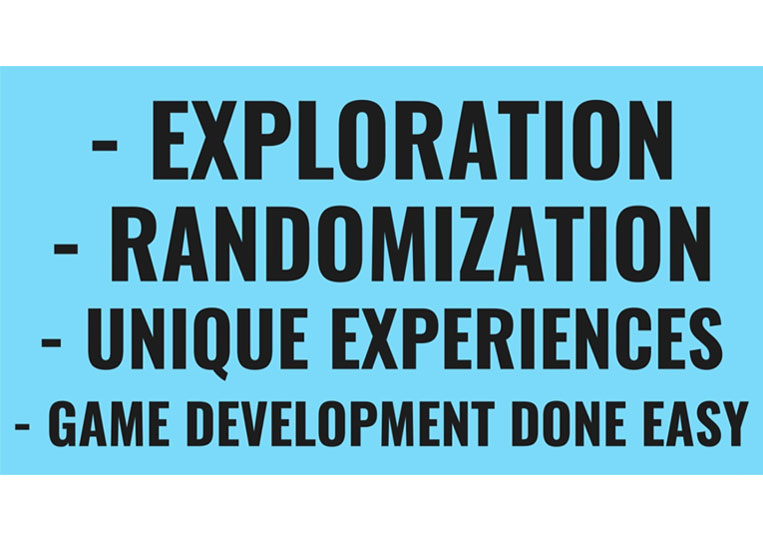Procedural Games
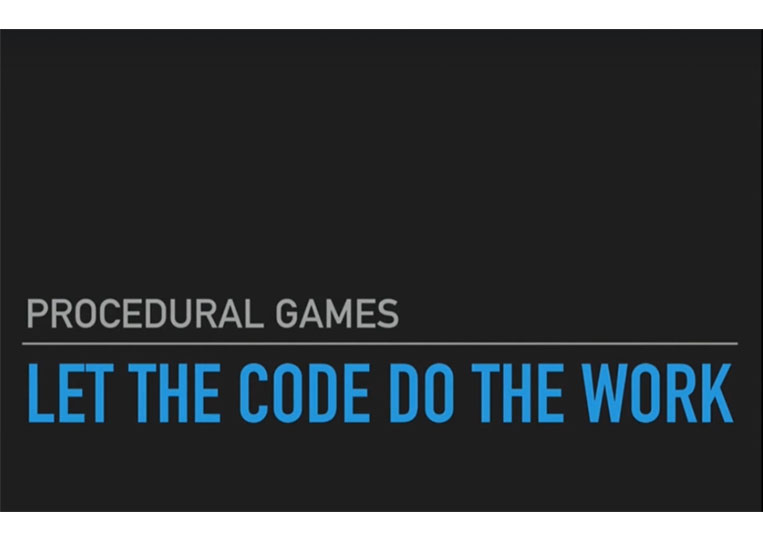
This section will discuss procedural games and the code that works in procedural games. So what is a procedural game?
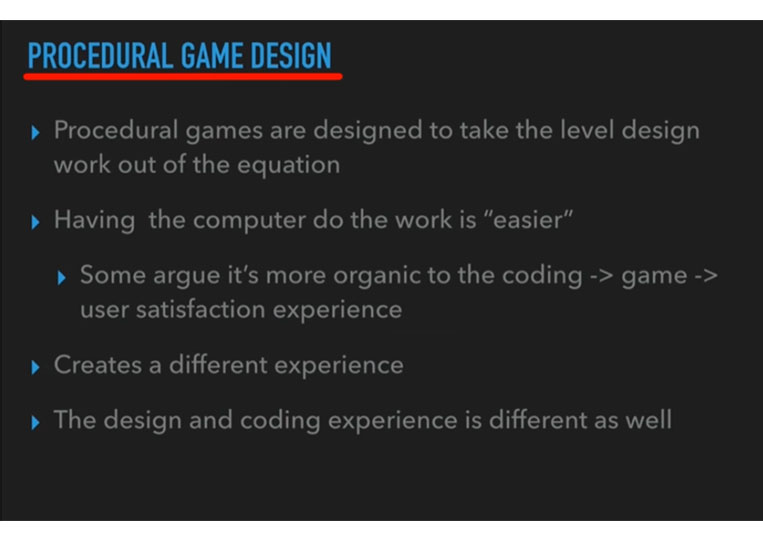
A procedural game is designed so that the experience level is more done on the code than having a human make everything by hand.
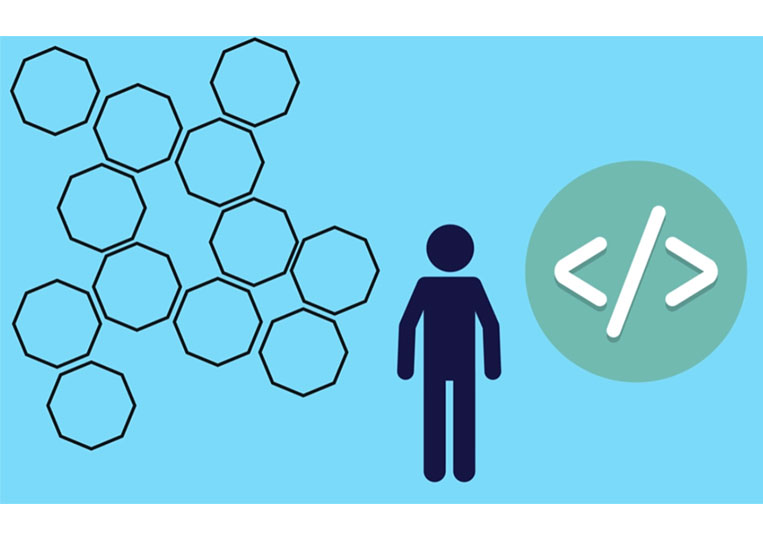
So imagine a simple platformer and someone going into the editor and then making the actual level by hand.
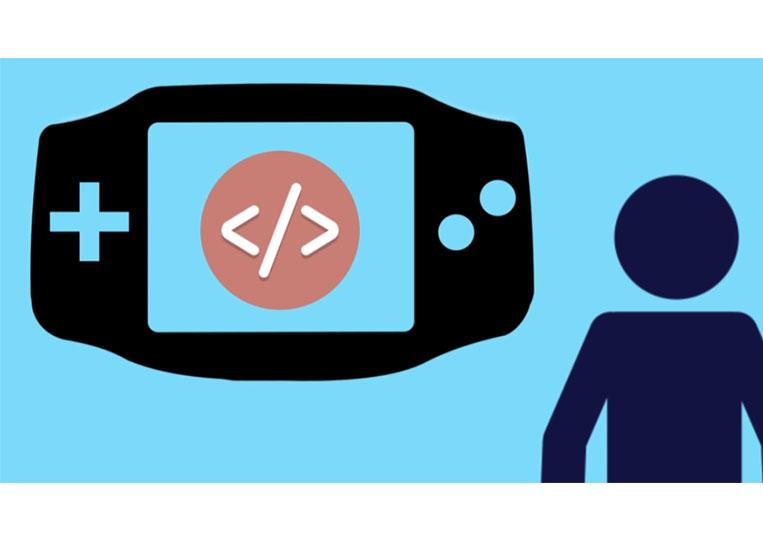
That is not a procedural game. This code would design that level in some way, shape, or form. Both levels have positive and negative stems, but procedural game design is becoming more and more common, and we’re talking about why that is fine.

So the idea is to get the code to make the work easier.
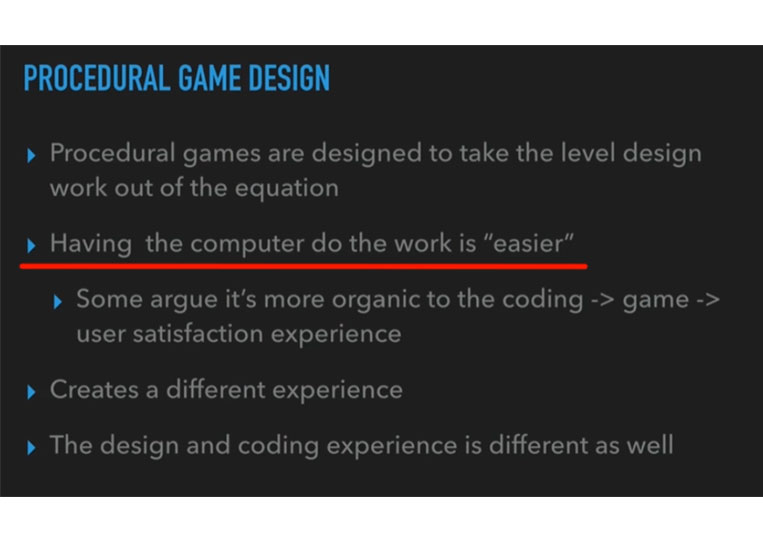
You have to create the content once; then you let the code do the work and some algorithms, then you have a lot more game experience with much less work because, believe it or not, design levels are incredibly time-consuming.


People don’t know this, but level design can take a lot of time, especially if you test everything. And the higher the levels, the bigger the game, the bigger the scope, and the more impact this has. And some argue that building a procedural game level is more organic to the coding, game, and user satisfaction experience.
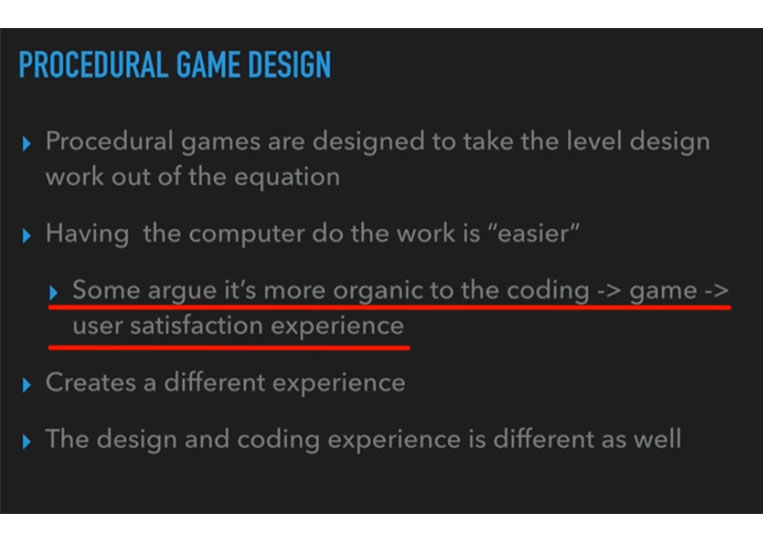
Creating a procedural game is more organic than the way that computer games should be.

Computer games are not stories that you go from one place to another.

They are an experiential form of entertainment. And you, the player, should dictate what experience it is.

Now I agree that you should make the player have as much agency over the level as possible.

However, something is to be said about a very linear game, and their games are not necessarily wrong.

Games are experiential and more open-ended. They make a stronger case for the game, but you have to remember this is a slider that some games are entirely open-world and procedural. And then other games might be a bit more streamlined, and that’s okay. You have to ensure that whatever decision you make has to be met with a good level of the reason behind it and that it is organic to the original idea as long as it works.


It’s a good idea. Generally, games allow the user to experience more sense through their exploration. So procedural game design creates a different experience than a linear game design, and you got it.
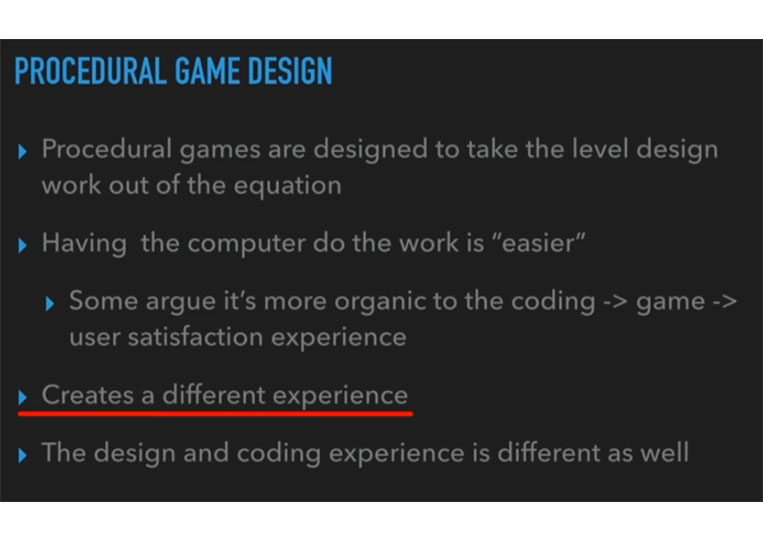
It would be best to remember that linear game design was only around because of technical limitations. Even back in the 80s, people wanted to have more and more procedural games. But the technology was very limiting, possible, but still very limiting.
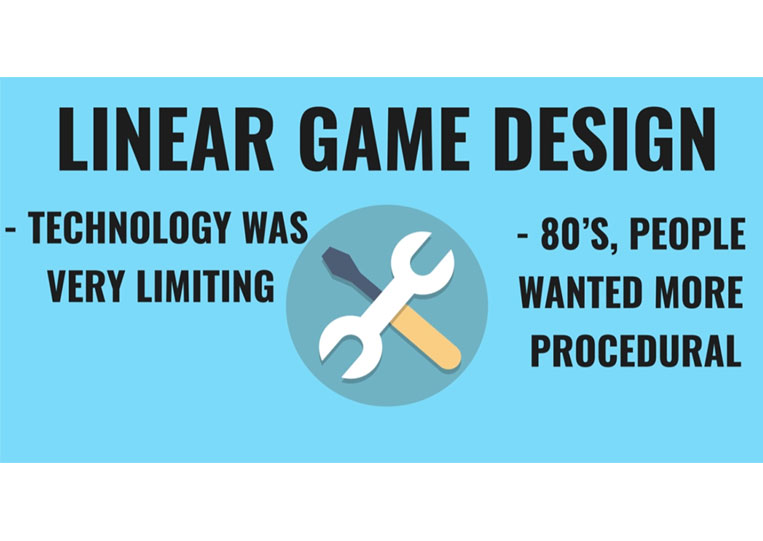
And you also have to remember that the coding and design experience differs from procedural games.
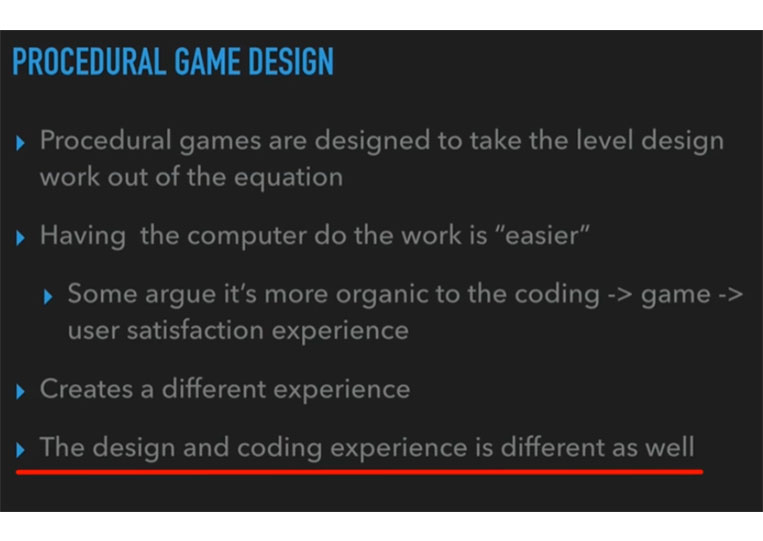
If you were to make a game with 64 handmade levels, it would be a different design process than making 64 procedurally designed low.
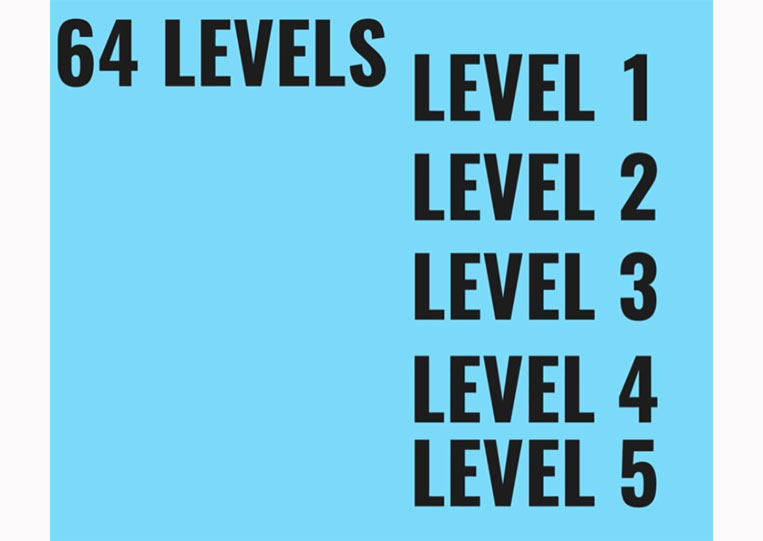
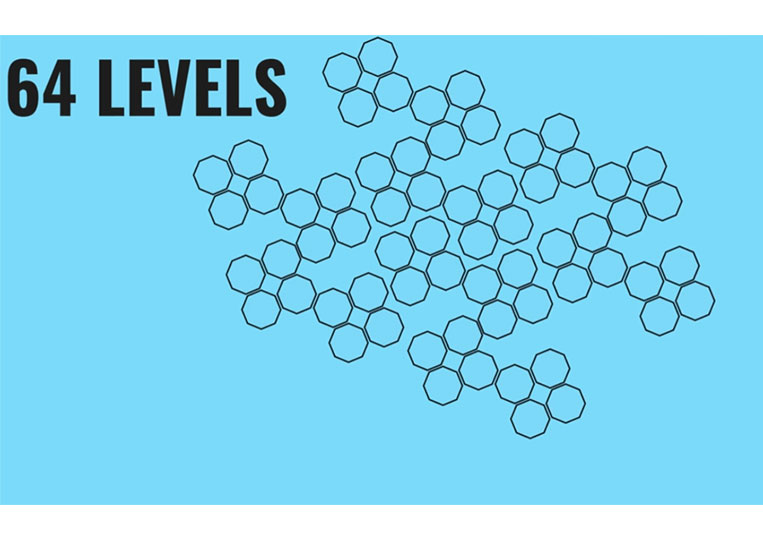
It’s quite a bit different. So in an actual procedural game, nothing is created by hand.
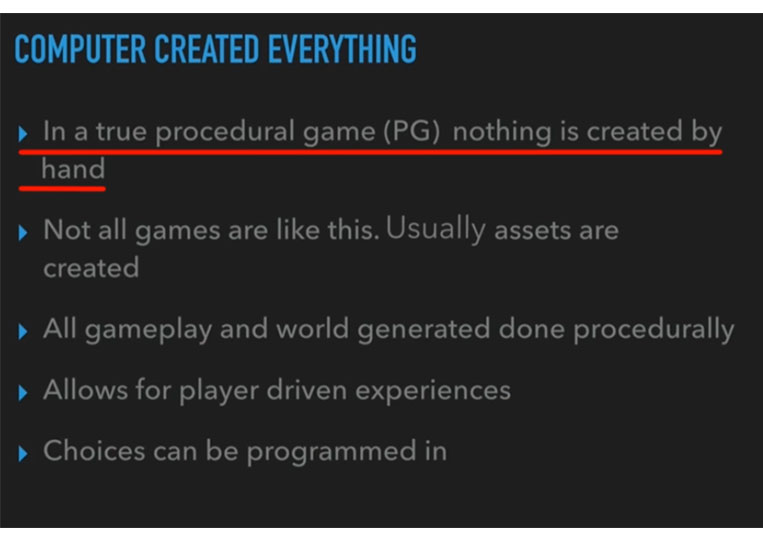
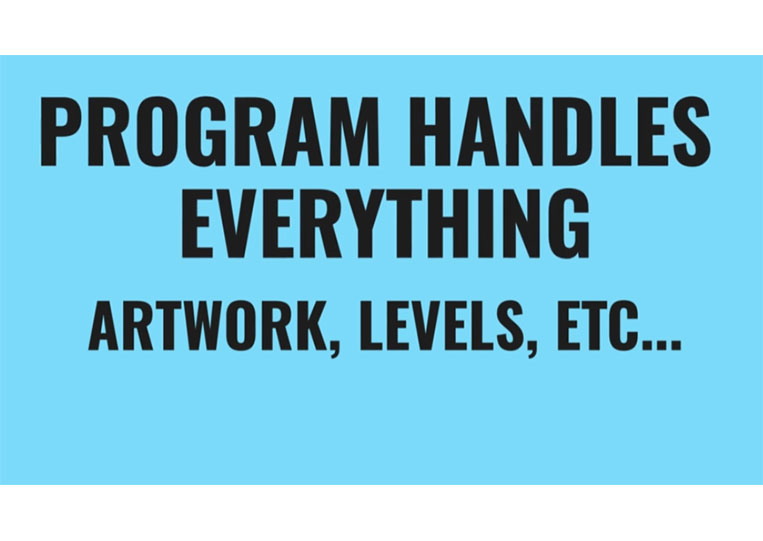
The only thing that’s code crafted is the game mechanics.
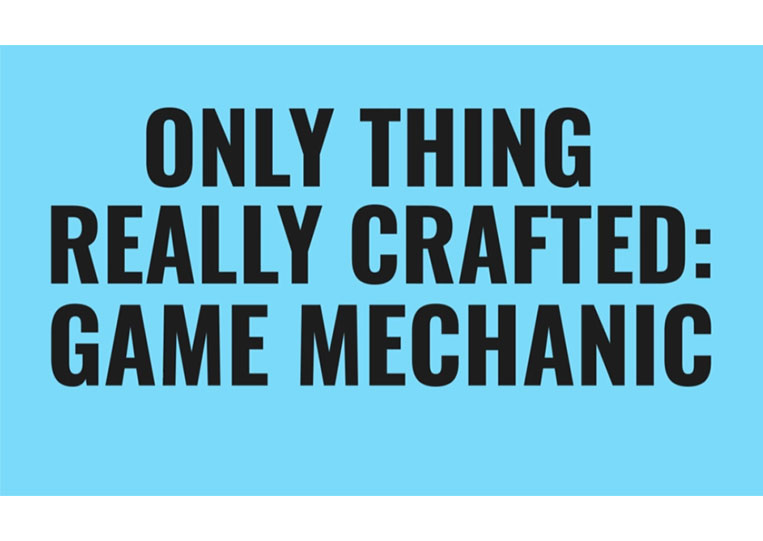
Now, this is possible. However, it’s not often done because drawing is a challenge; in particular, the more detailed the art, the more difficult it is to draw.
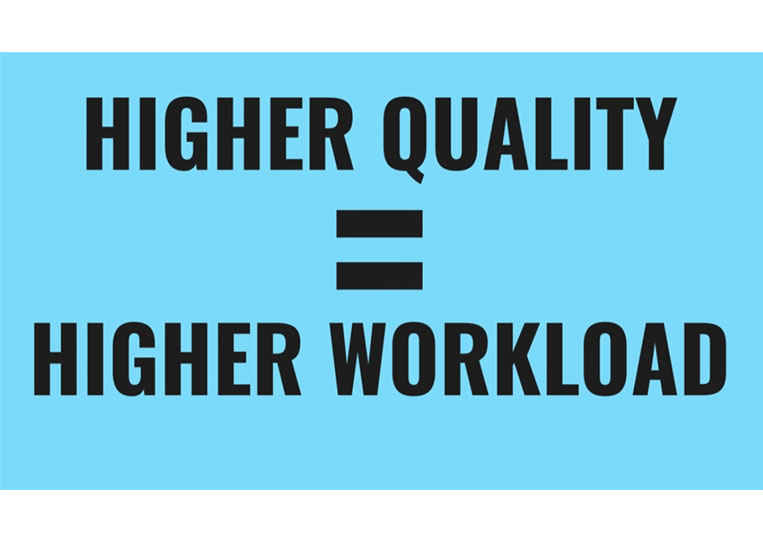
But it is possible to do everything programmatically. At some point, it’s a lot easier to do it this way because, if resources are minimal, an NES cartridge only has one megabyte of space. So you have to pack everything in there.
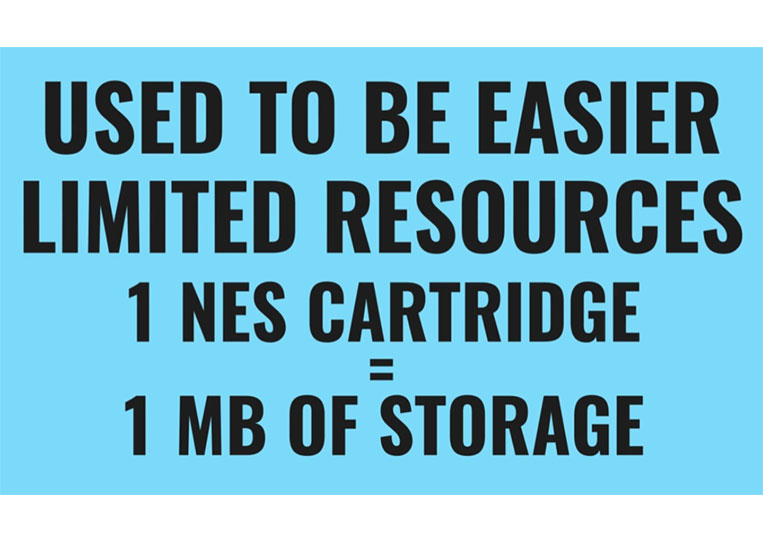
Now often, the way that a lot of procedural games are done today is that the assets are created ahead of time.
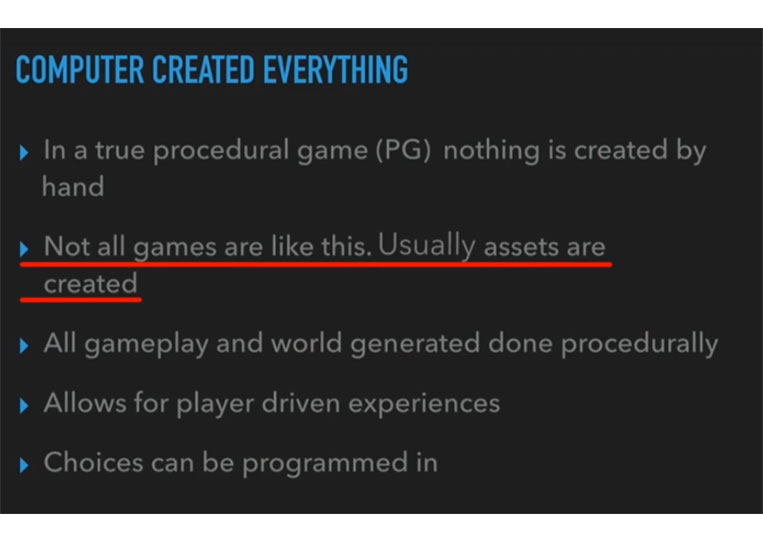
So this is like the art, the music, the sound effects, et cetera. Sound effects are probably the most complex asset to develop, but it is possible the early sound effects were bleeps and bloops because that’s what the sound cards could only handle.

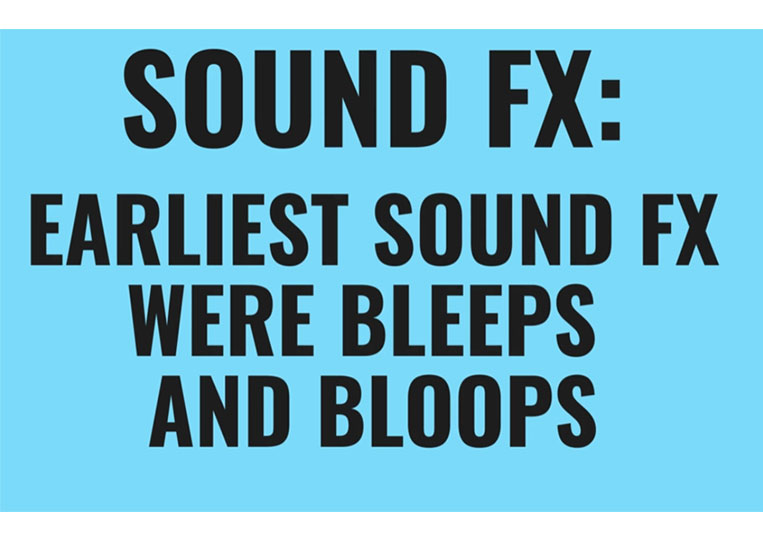
But today’s sound files are WAV, MP3, and lots more.

It’s easier to create the assets at a time and then do most of the work programmatically.
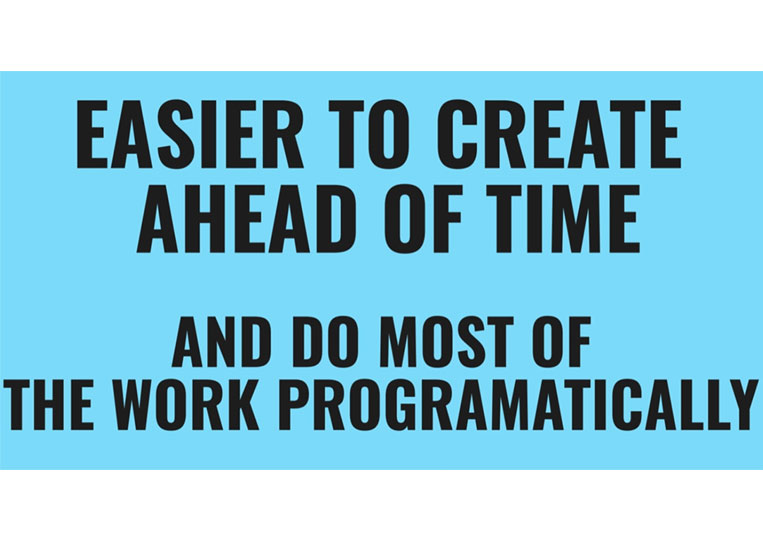
You can change some things graphically, such as colors and tints. You can make things shadows like a silhouette, etc.
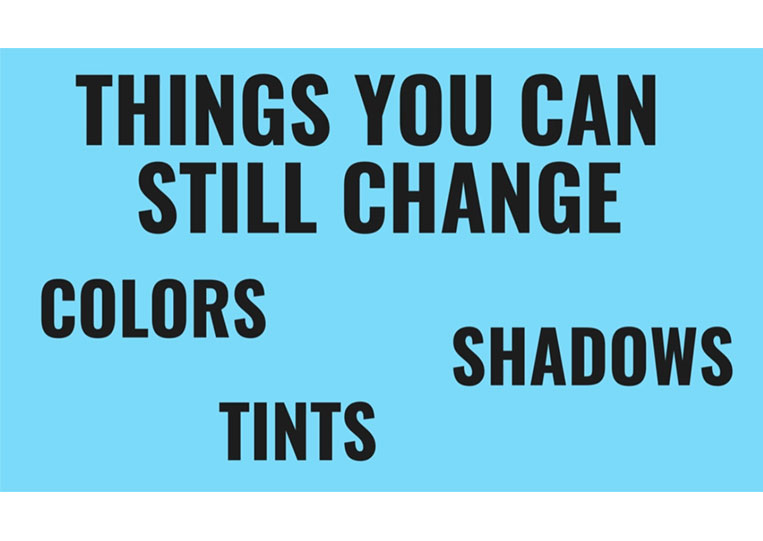
These things can be done programmatically, which is quite interesting regarding computer-generated games. For example, code generates all the gameplay and world so that you can generate a large dungeon or anything like that.
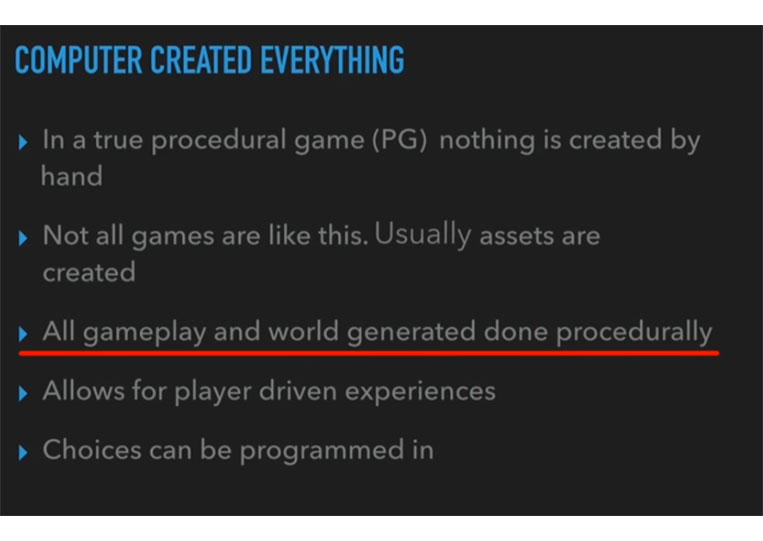
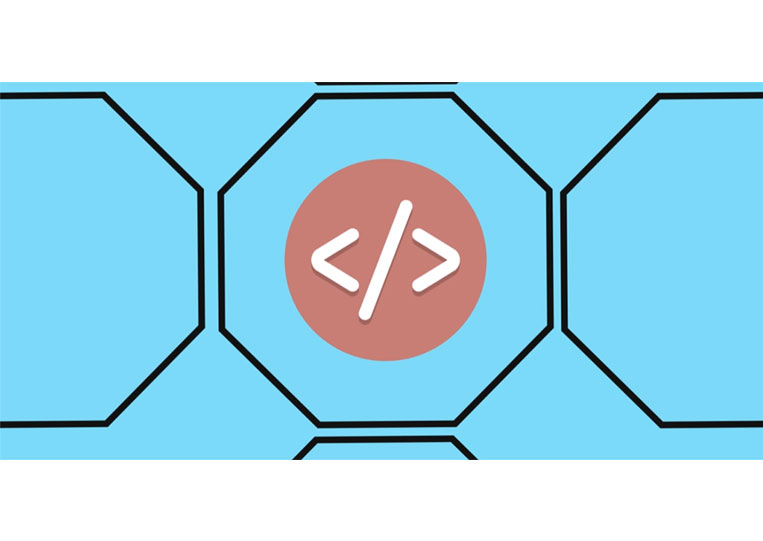
You don’t have to design everything by hand. You think about it, you can create a box, and in that box, you can put a treasure chest, make some hallways, and then add a key.
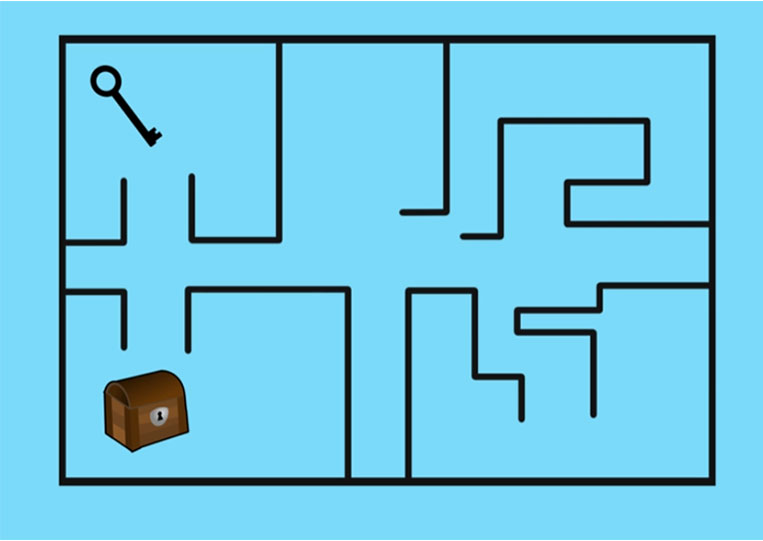
And another one of these rooms, you can pick a random room can add a key to that room.
The key opens the chest and the exit. The exit goes to the next level.
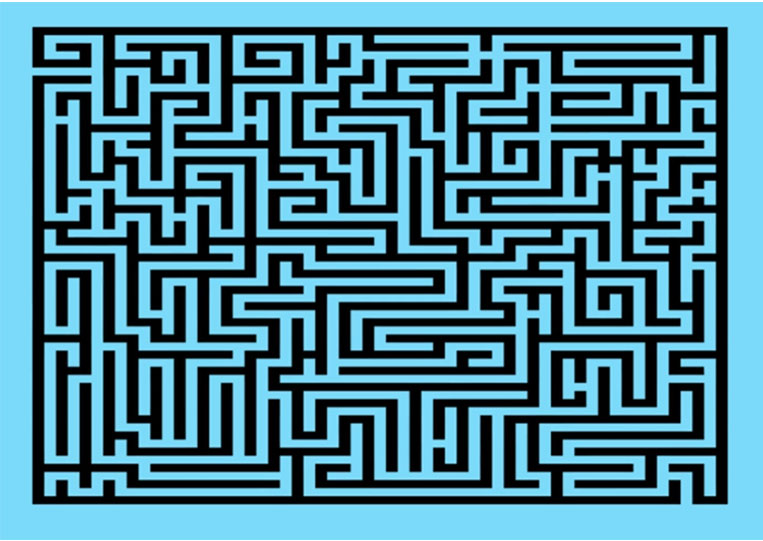
And then it makes that whole thing harder; you can see how that works.
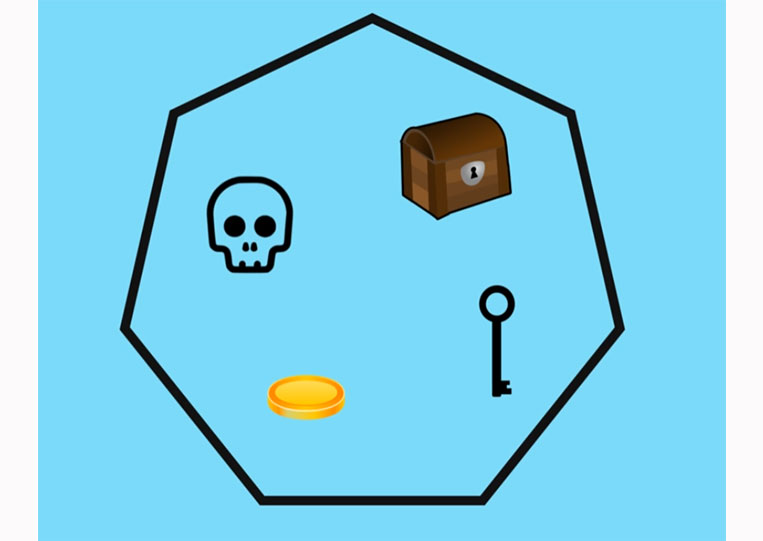
It’s like you can pretty much generate things that are easy to do, and within those rooms, you can create a bunch of random, you can generate skulls or coins or dust, you know, anything that you want to develop in that room you can now. But, the greater detail you want your game to be, the harder it will be to recreate.
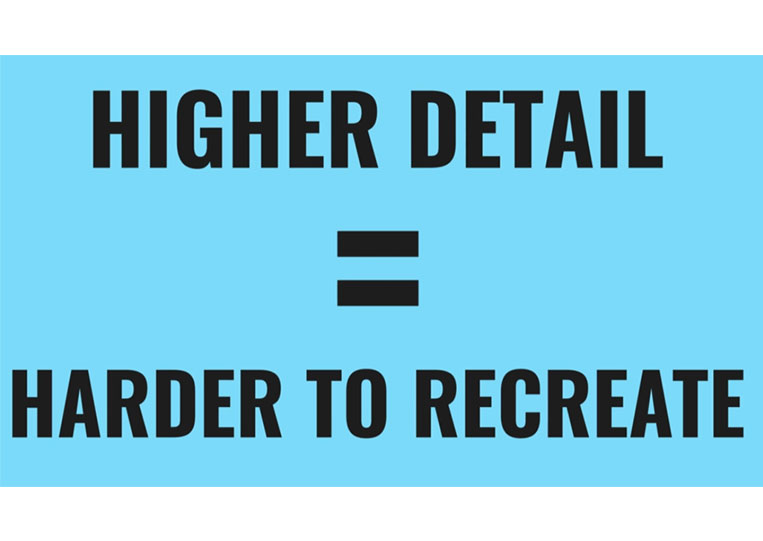
So I suggest going simple first, it’ll become more accessible. So the other thing is that computer-generated to allow for player-driven experiences.
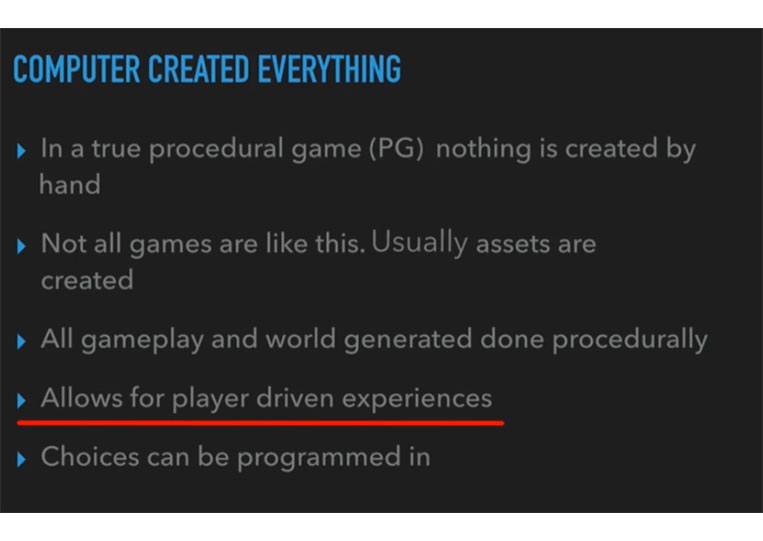
Now, what does that mean? Player-driven experiences. Let’s say you have a dungeon, and there are 30 rooms in this budget. You might not go to all 30 rooms if it’s procedurally generated. You might explore only 25 of those rooms. And the other five rooms might be a secret.
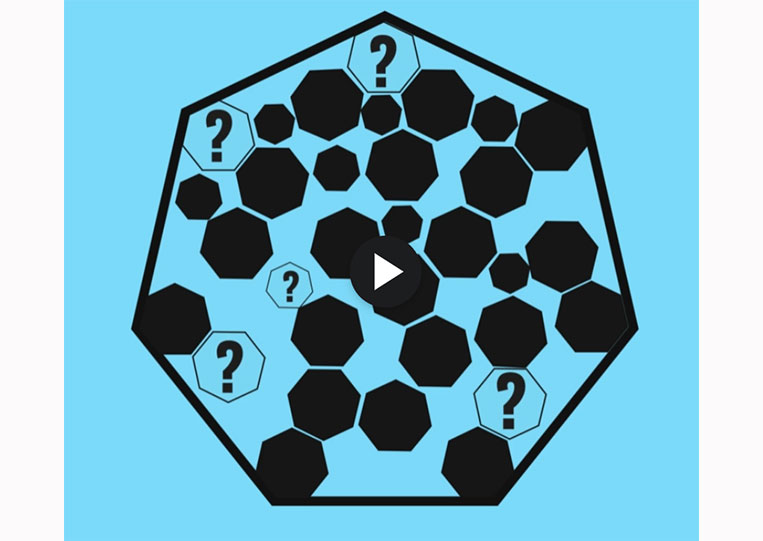
There might be something you have to do. That was again procedurally generated to get those extra rooms. Sometimes you might find an exit close and go to the next area. So when it comes to computer-generated and player-driven experiences, it allows you to explore things independently. If you are thinking of an open-world concept, you can generate areas to explore.
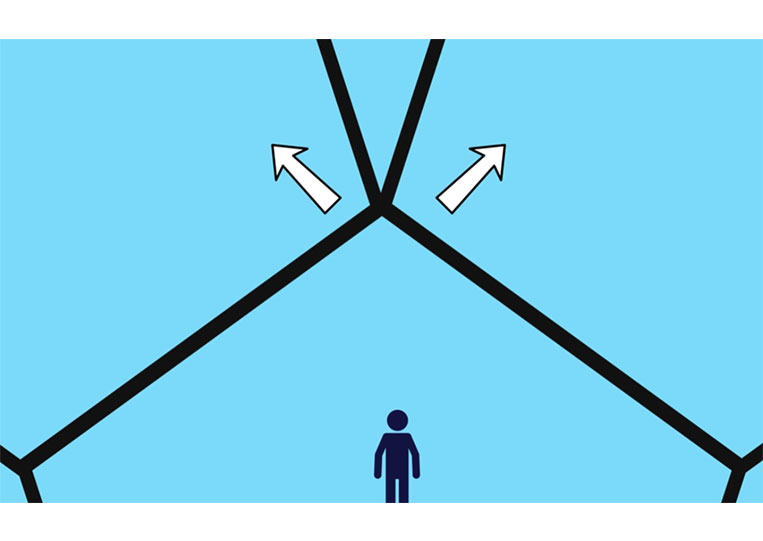
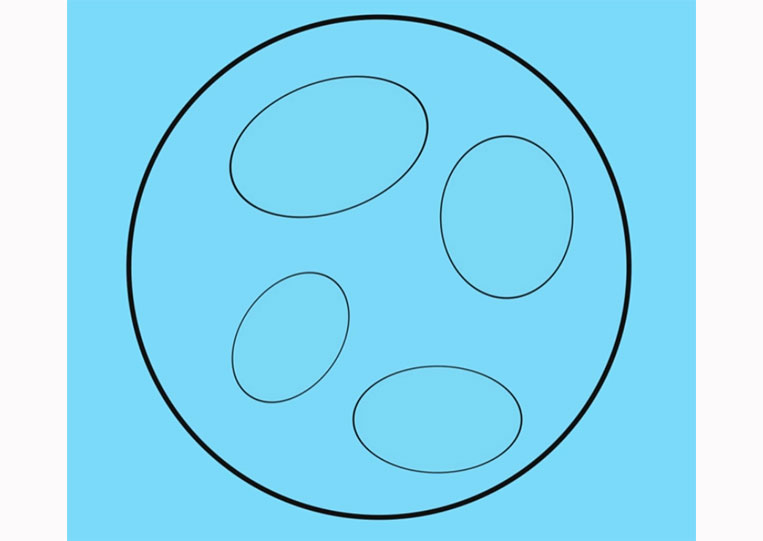
And if you walk around your neighborhood, you know you can either go to one grocery store or the other.

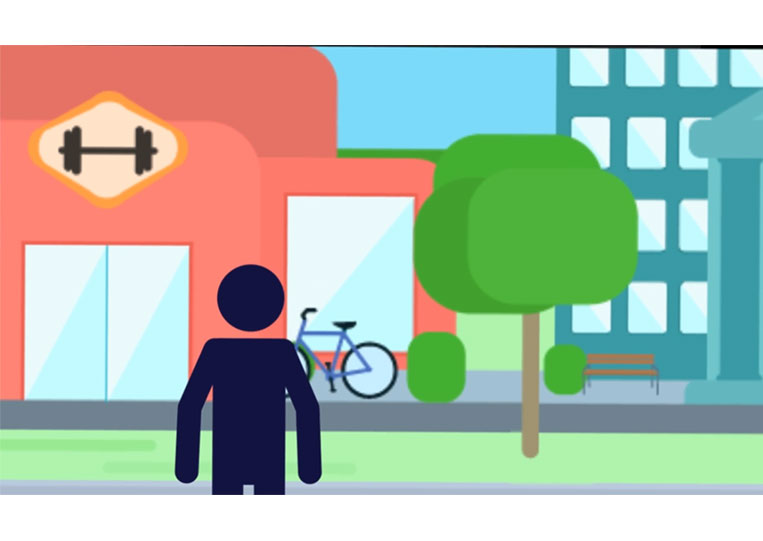
It’s more like real life. And that’s what player-driven experiences mean, and the player can program choices.
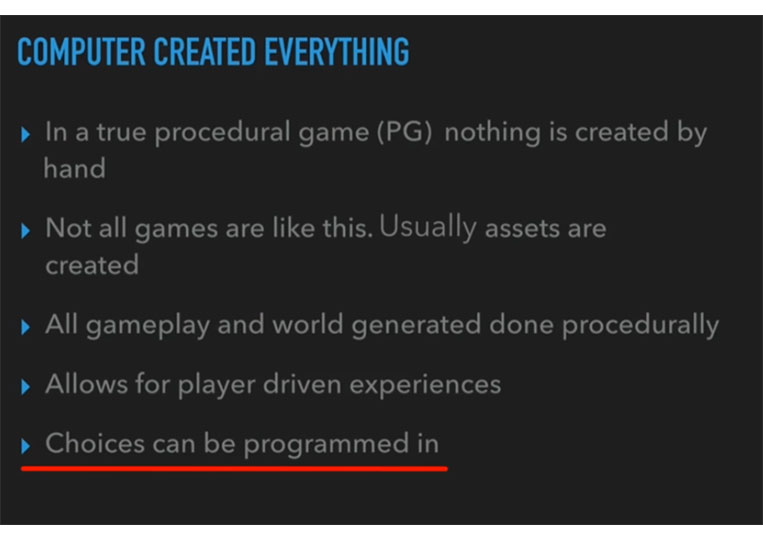
For instance, if you hit one area, it might open up another room so that you can make a procedural generating game. If someone likes combat versus exploration more, they go to the combat zones, which unlocks more combat areas. And if you think about this in the story, it can get you into more of a battle story than an exploration.
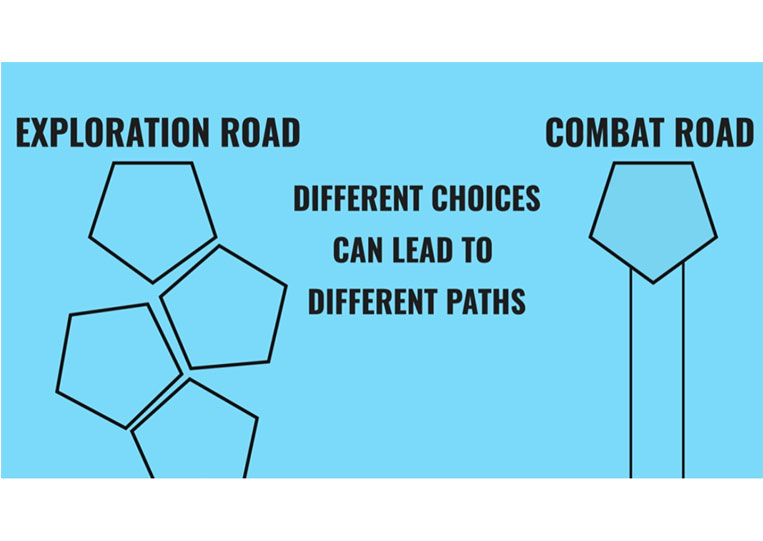
So, if another player chooses a quest, he will open up more exploration areas and change the variables in them to make these areas of exploration more. Now the other thing is that you have a roguelike game; a roguelike game is the best example of a procedurally generated game.
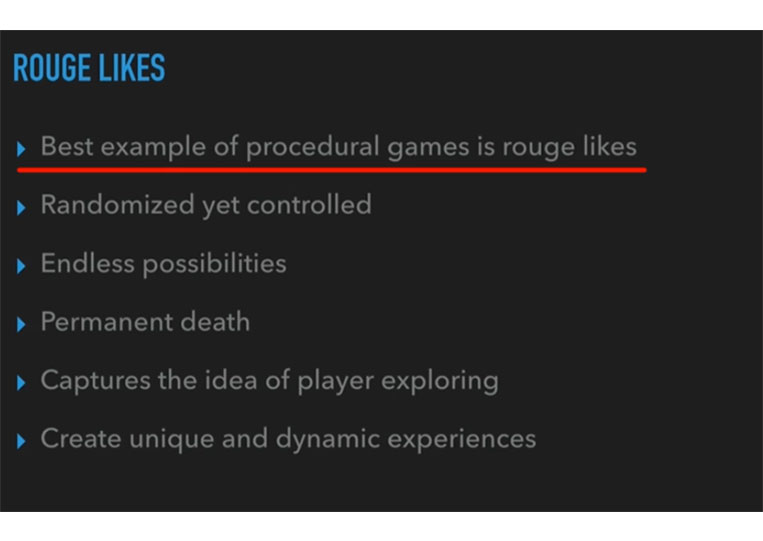
Now with the roguelike game, there is enormous scope. But the idea is that the roguelike game is randomized have yet controlled.
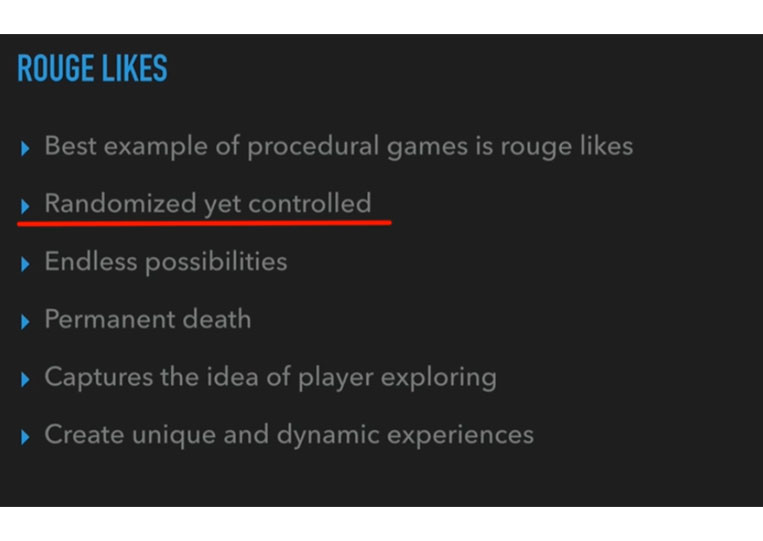
You can have a dungeon with 16 levels. And for each group, it adds an enemy to that level. So it would be best if you found a key at that level. And you have to unlock a treasure chest to get to the exit — pretty straightforward stuff.
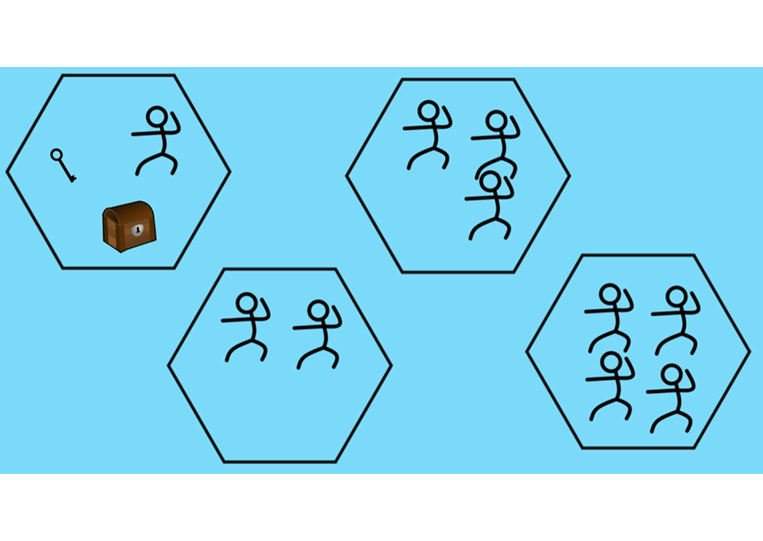
But there’s one enemy here. And for each level of these levels, they add one more enemy, an array that adds a difficulty curve.
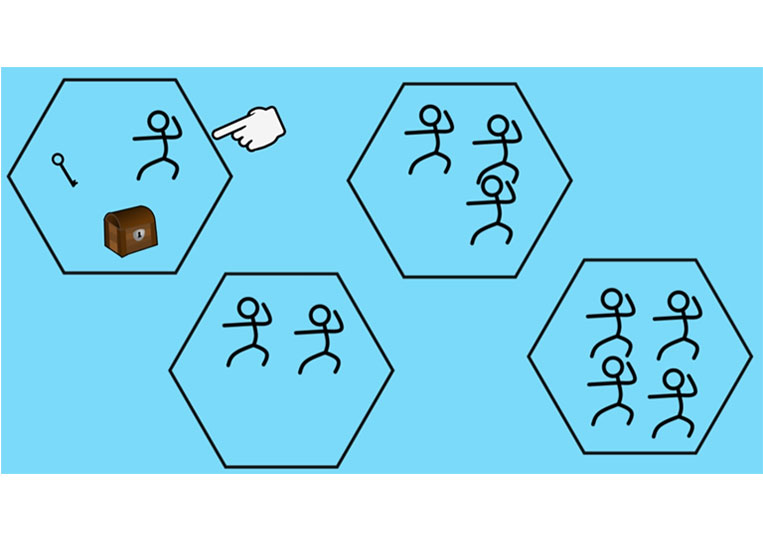
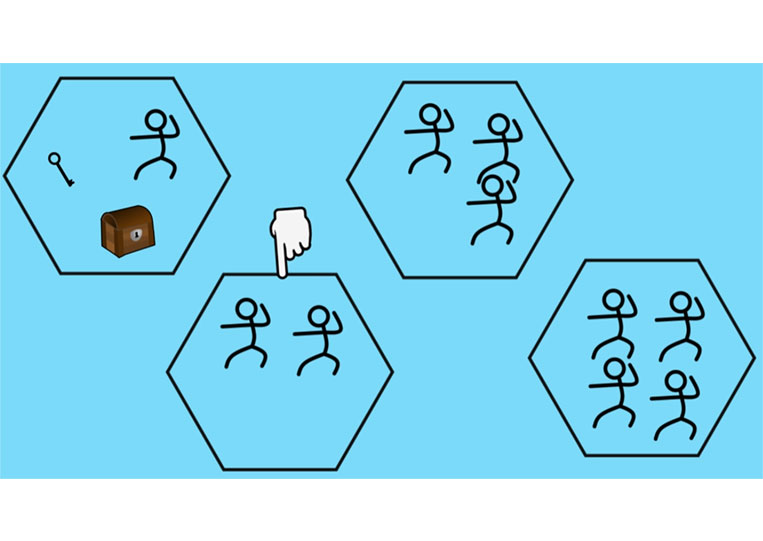
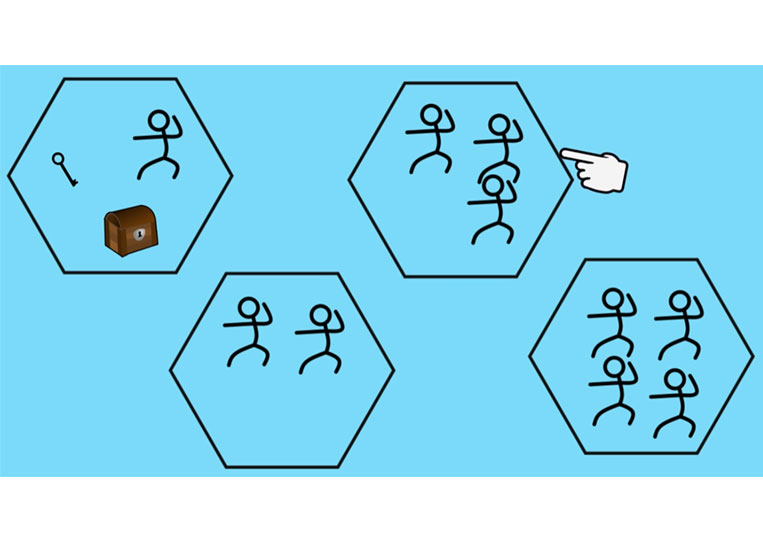
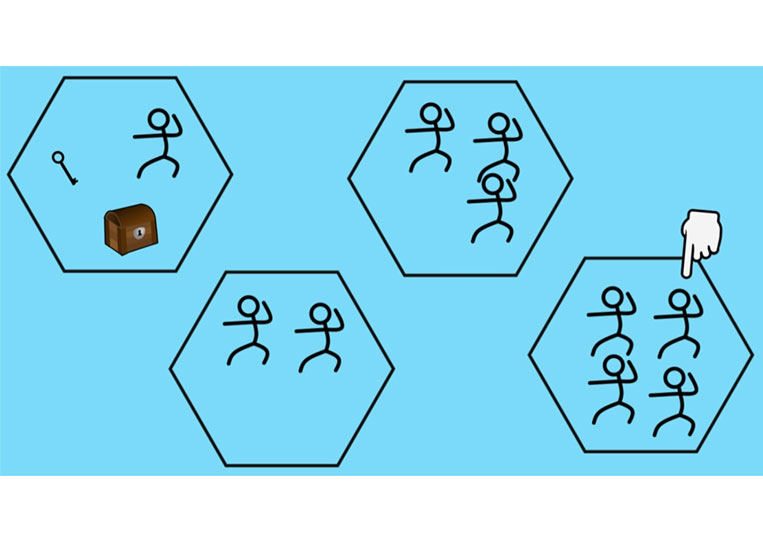
You know, there could be other areas like barriers or the specific map layout in this game that would make every gameplay different.
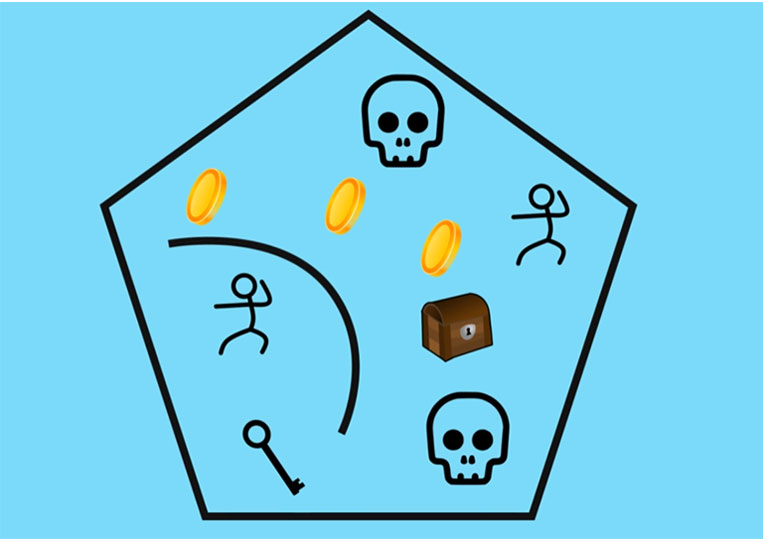
So if I were to refresh on that level, it would always be a different experience, but it would be a controlled experience. You’d always be doing the same kind of thing each time. It just wouldn’t be precisely the same. So the randomization and the controlled randomization make roguelike games awesome. There are endless possibilities that you can do with roguelikes.
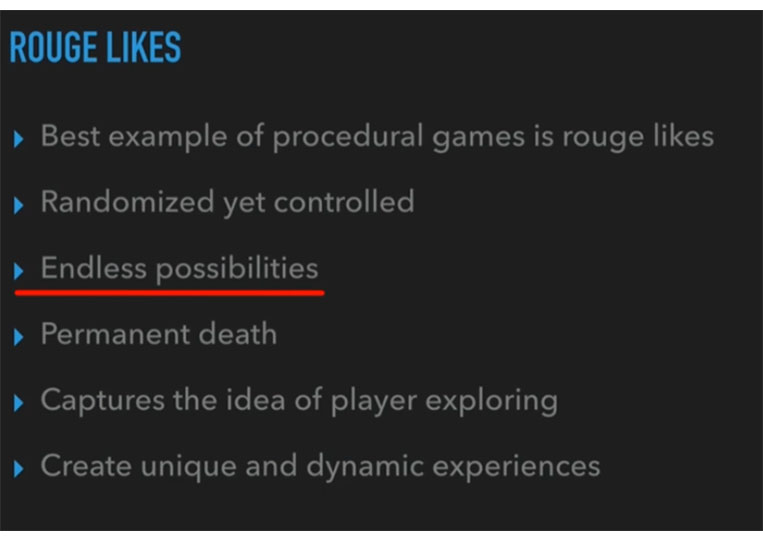
You can make them turn-based, you can make them grid-based, you can make them real-time.
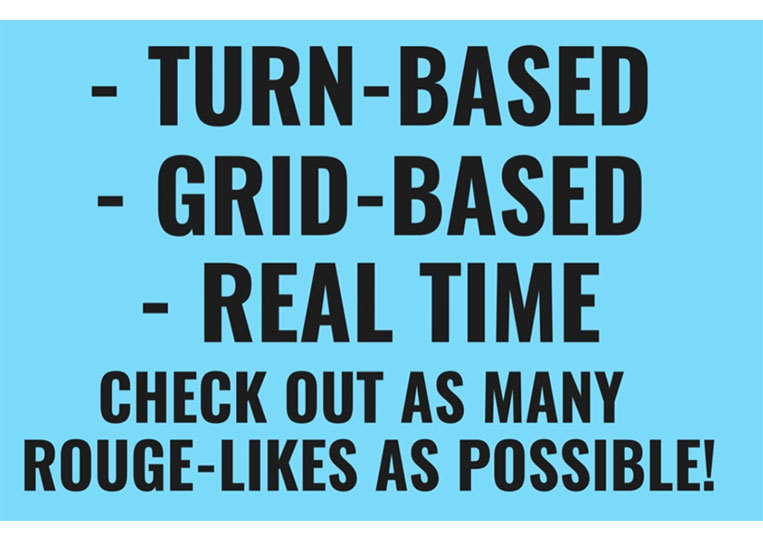
There are all these different things you can do with roguelikes, that’s quite a great genre, and I highly recommend that you check out as many roguelikes as possible. After you listen to this here, roguelikes‘ other thing is permanent death.
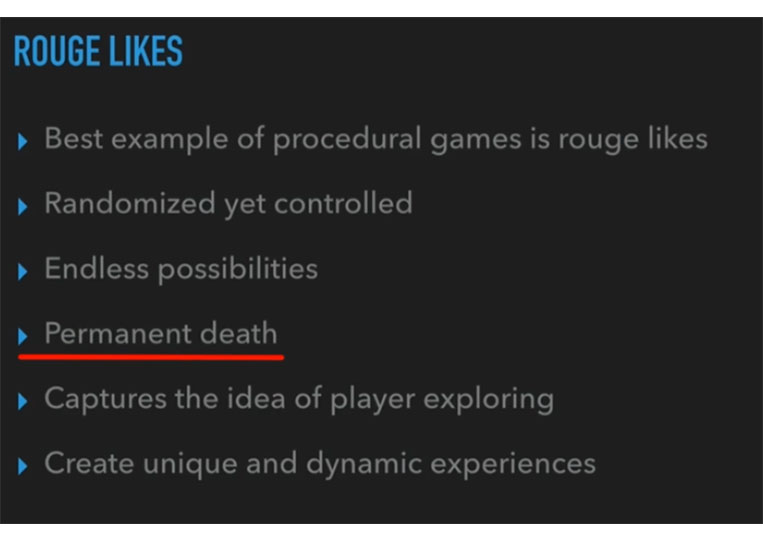
So if you have a game with 16 levels and die at level 10, you only die once unless there’s a power-up that brings you back from the dead.
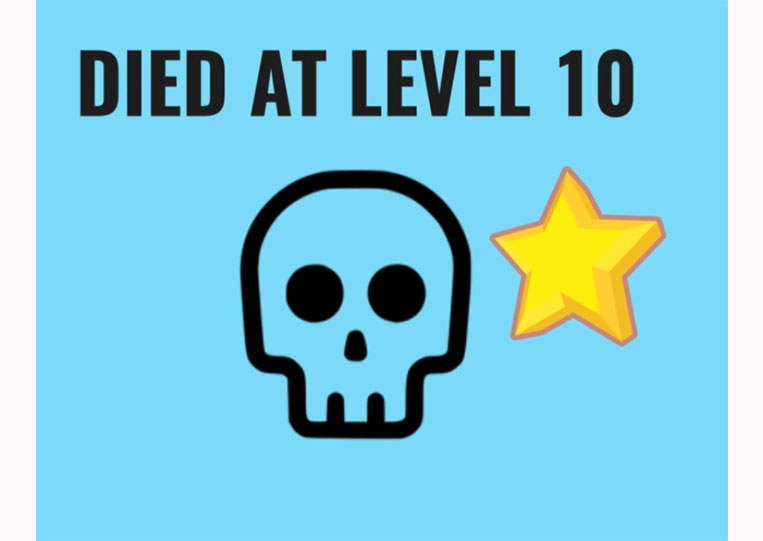
You go back to the beginning, and it’s a whole new experience. And that’s cool. I like that.
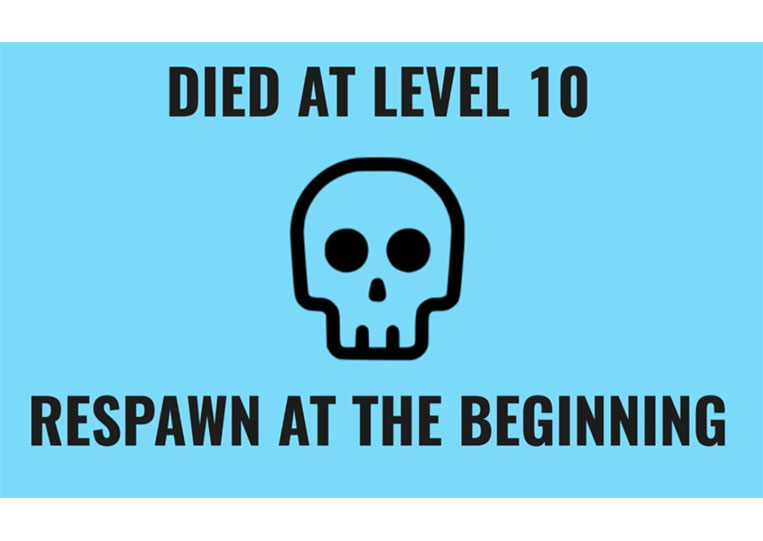
Sometimes, you can have a permanent death unless you have a magic scroll that gives you life. That permanent death is also a significant feature of roguelikes. While not all roguelikes have a permanent death, some have good reasons not to suffer.
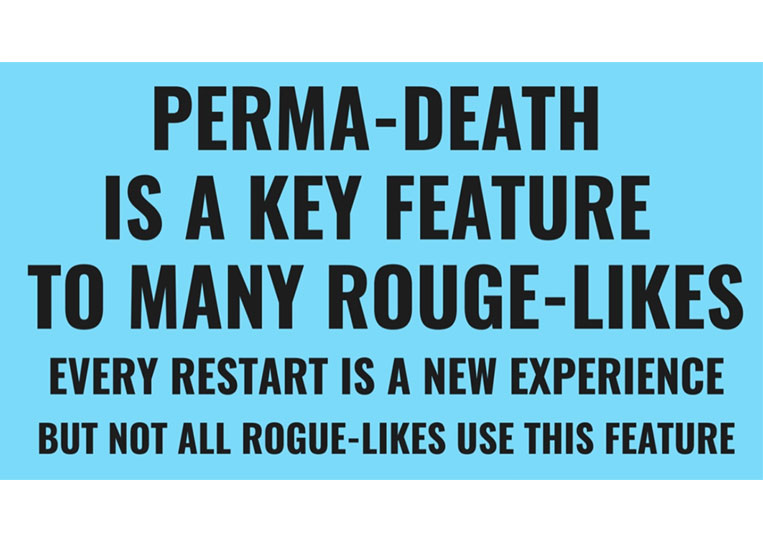
It also really captures the idea of players exploring.
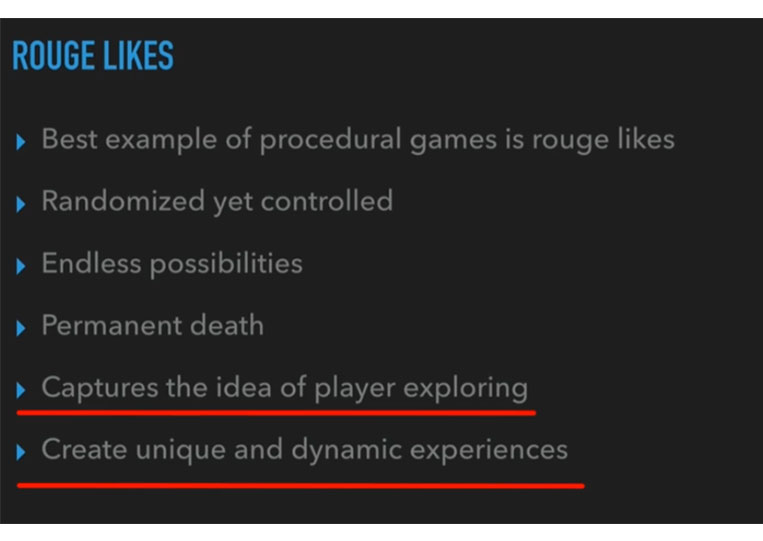
So if you have a game and there’s something you can research, such as a roguelike or a dungeon, there might be some rooms you can get extra loot by exploring. So discovery is a good part of that.
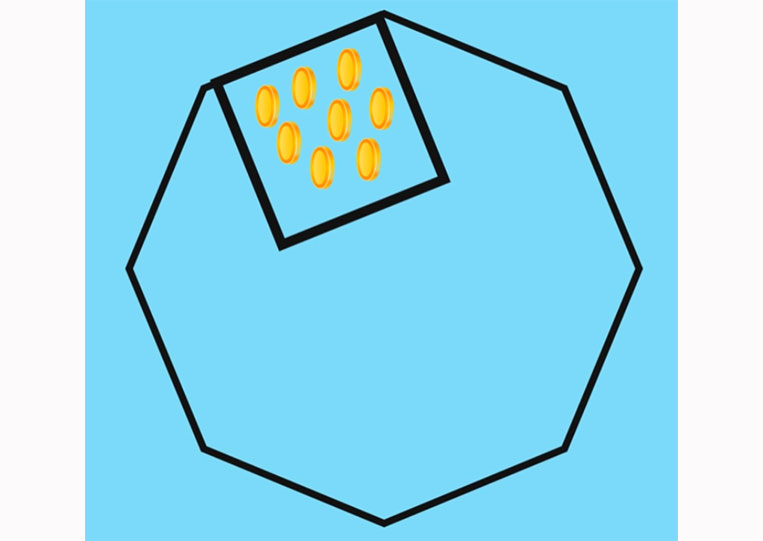
That’s what roguelikes do. And that’s why war games are procedural games that automatically billed the game.
